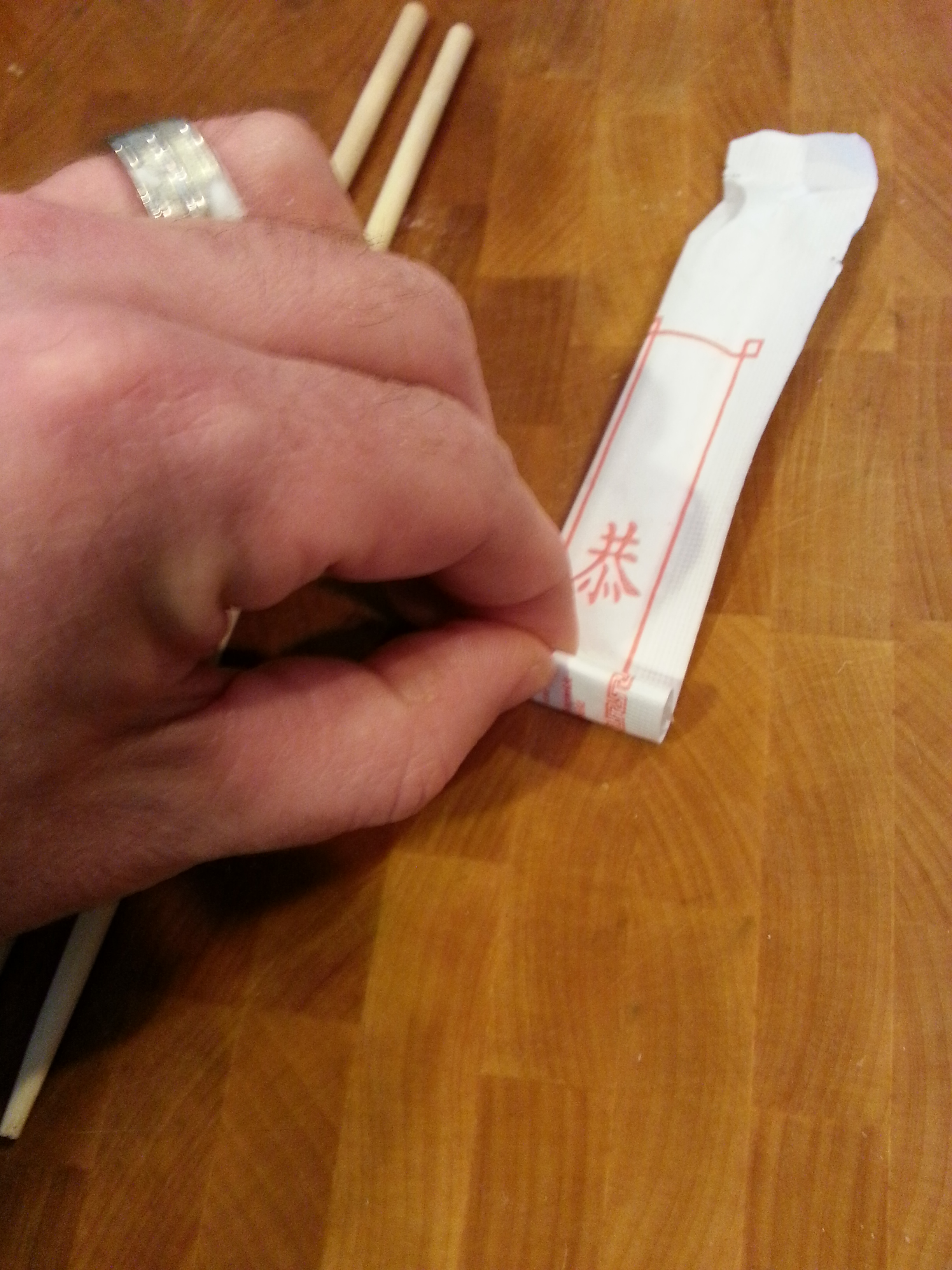The above drawing is a picture of a helicopter that transforms into a dog that slithers like a snake.
I know this because when my daughter completed it, she handed it to me and asked me if I knew what it was. After several guesses, she offered a long and detailed explanation. And I listened intently to her story... because I love her and appreciate any effort she makes and every story she relates.
If your restaurant or hotel relies on a logo, web site or testimony to explain what your masterpiece is, you’ve probably already failed somewhere within the four walls. Unlike the artwork of a 4yr old - a single snapshot of your product, service, people or property should communicate 70% of who you are and what you’re offering. “Synergistic Design” or “Look”, for many businesses, is not only an important means to reinforcing brand identity / recognition and overall desired experiences (AKA "Feel"). It is the most significant way to ensure continuity between mission, products and services. For example, if you have to tell me that you are an upscale fast casual Mediterranean concept then you are expecting that I already love you enough to take the time to listen and learn more. Chances are, I don’t even know you…yet.
Maintaining a “Third Party Perspective” of your brand (or hiring someone to offer one) is imperative. Every visual representation of your business from colors, fixtures, finishes, dishes, glasses, bags, shampoo bottles... even sandwich wrappers must serve as corroborating evidence as to who you are. The only thing left to discover on-line (or through other forms of marketing) should be the additional details that serve to create and/or strengthen the personal connection a customer has with something they have already clearly identified...and decided they like.
The following is a link to a bit by Eddie Izzard, a comedian, who dramatically illustrates the theory that “70% of what people react to is how you look, 20% how you sound and 10% what you say.”
http://www.youtube.com/watch?v=MwpuJoIvMyA

















